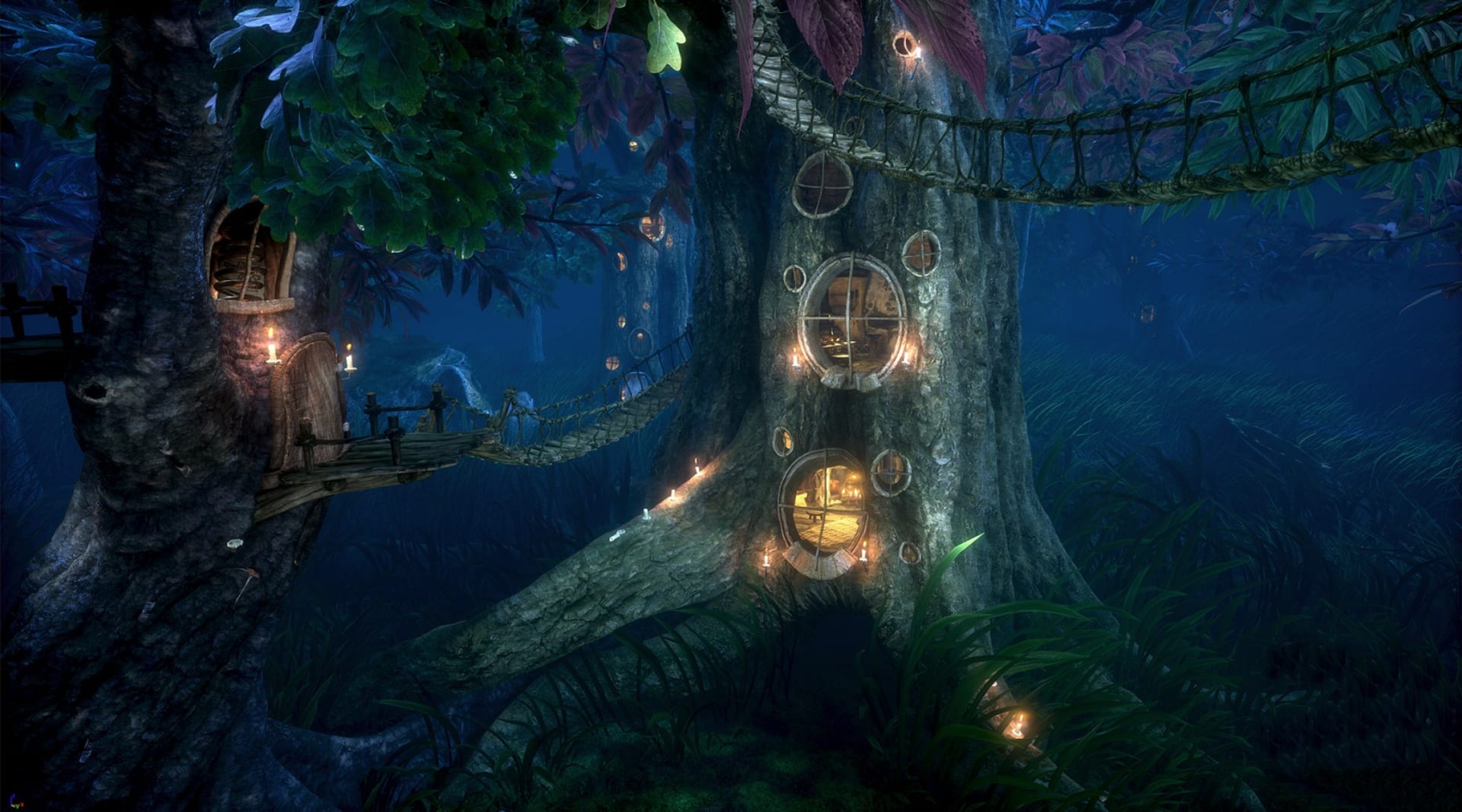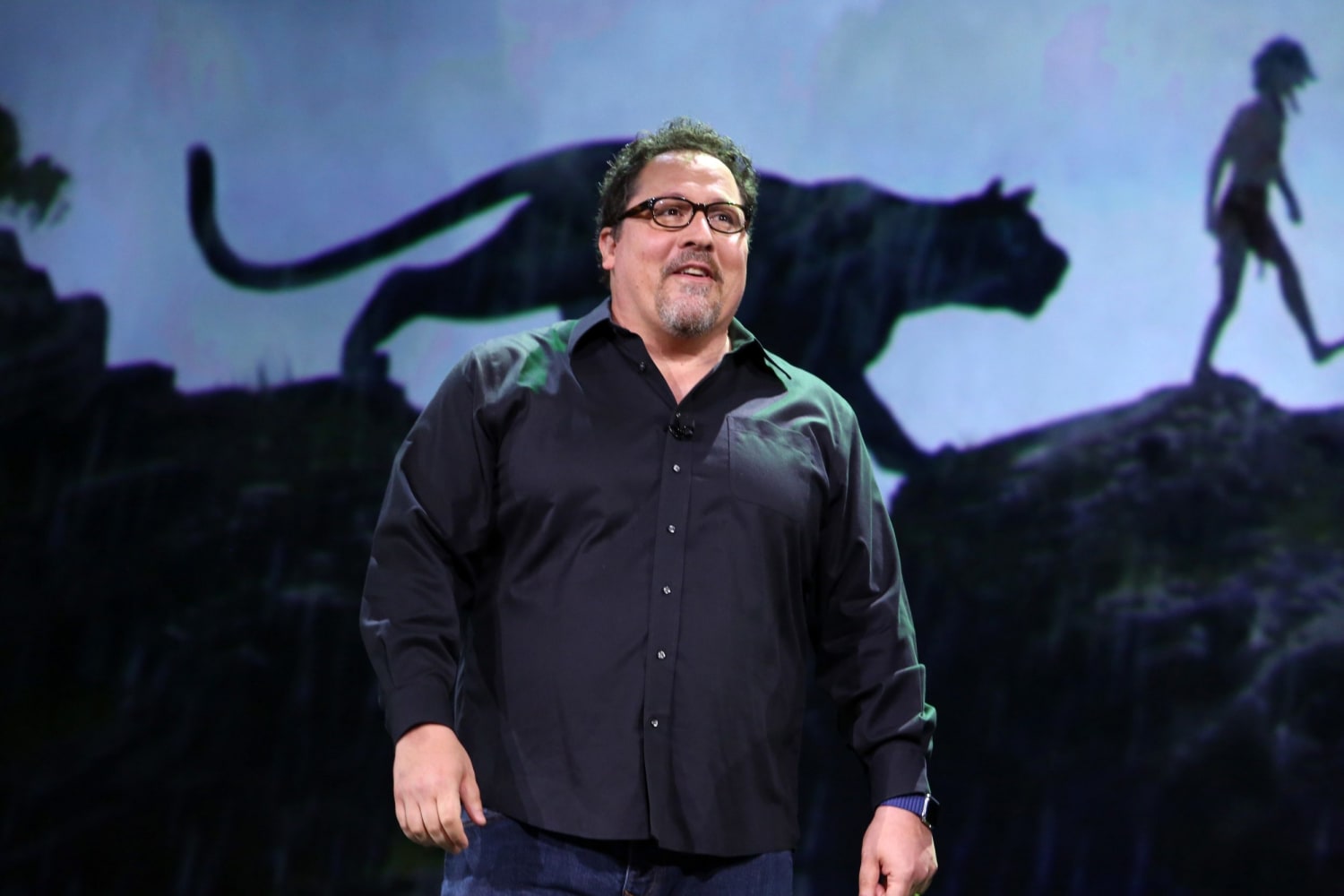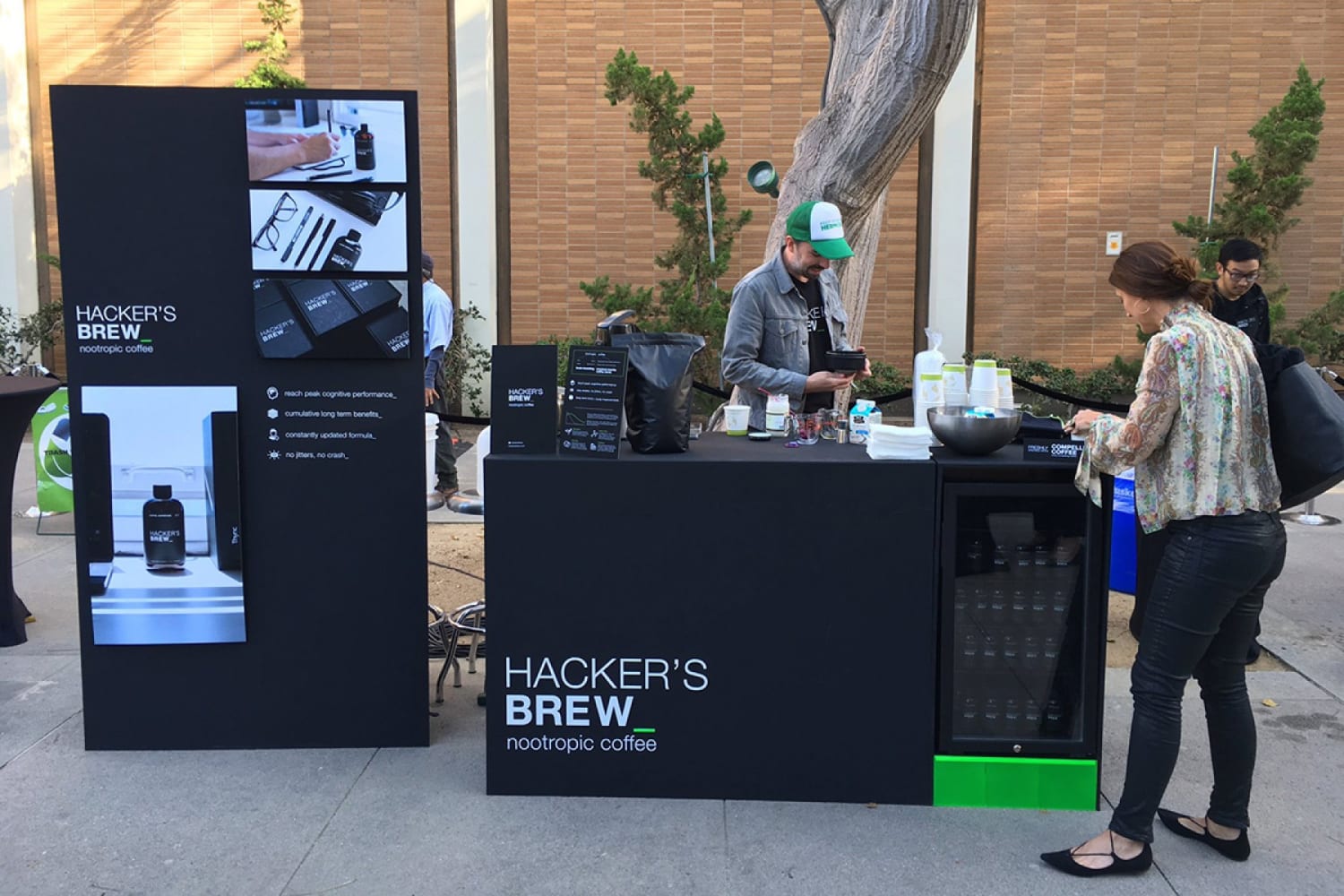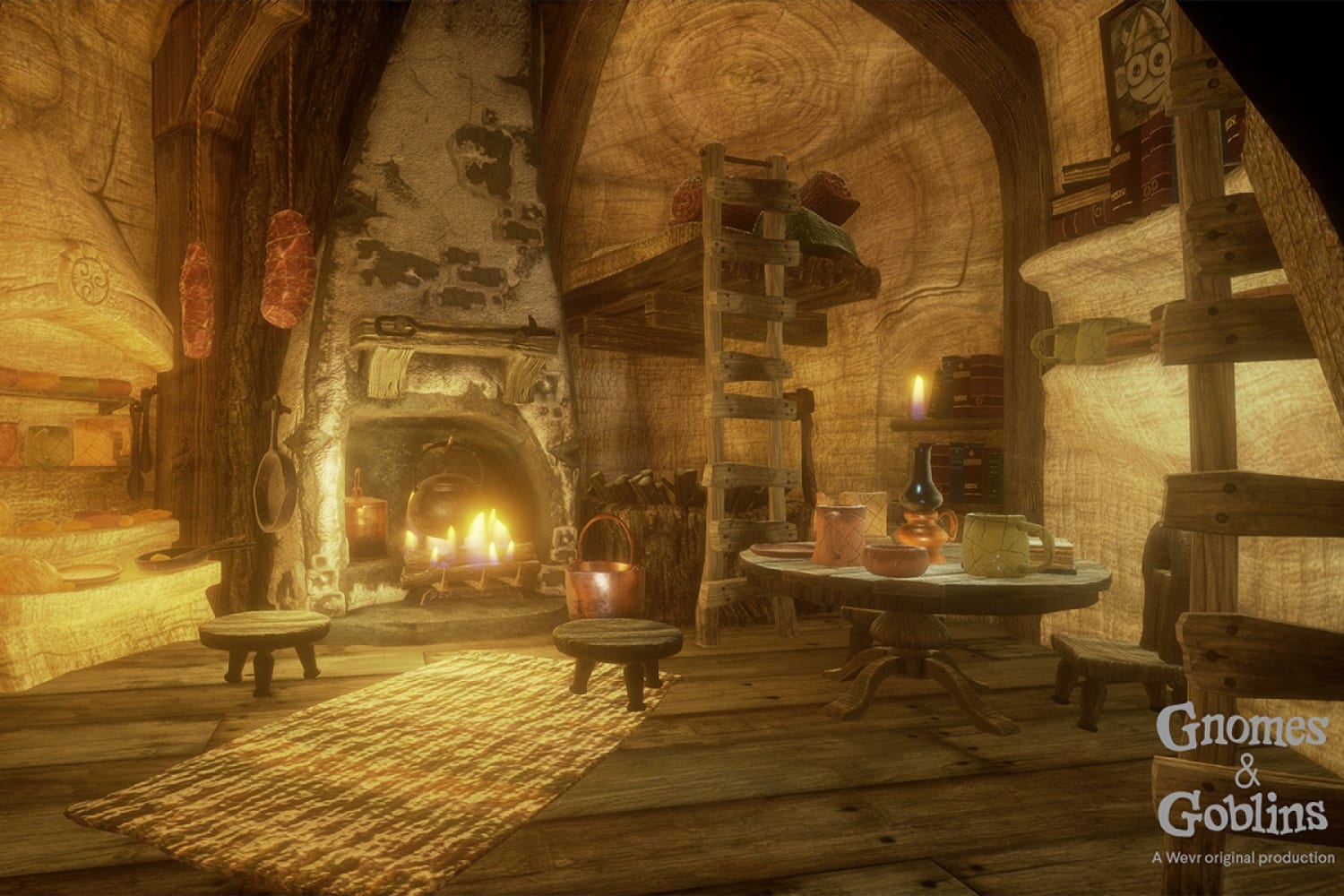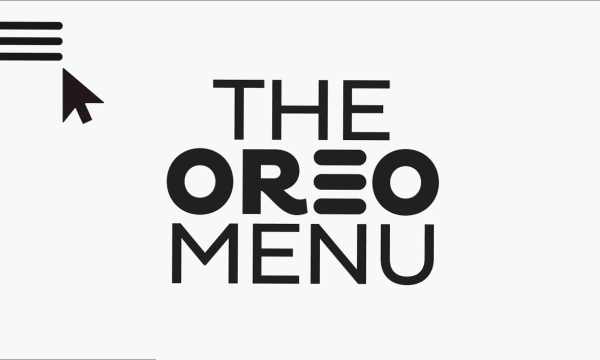Teleporting and Beyond
CEO and founder of Pinscreen Hao Li, professor of computer science at the University of Southern California, unveiled new technology that pushes the boundaries when it comes to digitizing people. His work includes creating programs that can, in real time, recreate humans as 3D avatars, with mobile facial expressions, hair and gestures, or layer these on to another person. He’s been developing ways to automate this, meaning that real “teleporting” (promised by Facebook by 2020) might actually be possible using VR headsets. In Hollywood, 3D renderers already layer on virtual hair, animal features, or theatrical makeup to physical models or actors in a studio, but this technology could automate the practice. This, Li suggests, could make Hollywood-grade moving digital imagery widely available, in the same way that affordable VR headsets have created a renaissance in the medium.
The Future of Media
Matthew Belloni, executive editor of The Hollywood Reporter and Billboard, and Emmy award-winning TV journalist Abbie Boudreau were among the voices assessing the shift in journalism, celebrity and reporting in a digital age.
“We are living in a media age more than we’ve ever been, consuming more media than ever, and yet there’s never been less trust in media,” said Belloni. “It needs to be updated to reflect the media environment.”
Belloni argued that digital media is completely transforming the meaning of privacy and public interest, and how these should be handled by legislators. He cited Gawker v. Hulk Hogan, along with the case of Giants athlete Jason Pierre-Paul v. ESPN and Adam Schefter, as examples where old rules no longer apply. “In this landscape, ideas like freedom of speech and the first amendment bear little correlation to the complex scenarios unfolding with the digital space.”
Journalism in the Era of Algorithms
In an era where everything is interesting, privacy is freely exchanged for convenience, and information can be shared in a nanosecond, at scale, by anybody (its factual content mediated by the crowd, at times, not an editor), this will only continue to get more complex—not least with the advent of Facebook’s live video function and Periscope.
Boudreau pointed to the impact of digital media and social media on journalism, already eroding the role of the journalist as balanced curator in reporting, while also negatively distorting what is deemed newsworthy. “Facebook and Twitter are changing what is news,” said Boudreau, adding that popularity and populist news has created an era of click bait and an appetite for extremes in news. (This echoes recent arguments by author and academic Danah Boyd about the misplaced trust in algorithms to be neutral in news aggregation.)
Shifting Power in a Digital Age
Belloni argued that privacy, and assumptions about the traditional balance between media, are also less relevant in the digital age. Social-media platforms mean that celebrities have a direct influence on audiences that is far more powerful than that of traditional media, he said. Using Blake Shelton suing In Touch Weekly for falsely claiming he was in rehab as an example, he pointed to the shifting power balance in the digital age. “It’s always been ‘the powerful media.’ Blake Shelton claimed damages, but I’d ask, where are the damages?” Blake Shelton has 1.2 million followers on Instagram and 18 million followers on Twitter. In Touch Weekly has around 324,000 on the two together. “These celebrities arguably have way more power,” said Belloni, pointing out that factual debates also get distorted in this landscape. “A celebrity can say something isn’t real enough times and it becomes fact.”
Future of Work in an Automated World
Art Bilger, founder and CEO of WorkingNation, and technology entrepreneur Zachary Liberman both addressed the future of work in an automated age.
WorkingNation is a national not-for-profit campaign to educate the American public about the looming unemployment crisis in this country and devise strategies to circumnavigate this challenge. Bilger is using Hollywood to spread this message by creating original educational short films and content, as well as “future proof” surveys to help people to assess their skill sets.
Liberman tackled the same subject, exploring what the future would look like in a world where the traditional idea of a five-day work week was no longer relevant: “The reality is people will have a lot more leisure time. They will also need to find new ways to find meaning.” Liberman described a future of not just global youth unemployment, but also of white collar unemployment, and tasked Hollywood with creating a more positive vision of this future. The future, he argued, is often portrayed in narratives as dystopic and dark. We need to reframe how we see it.
